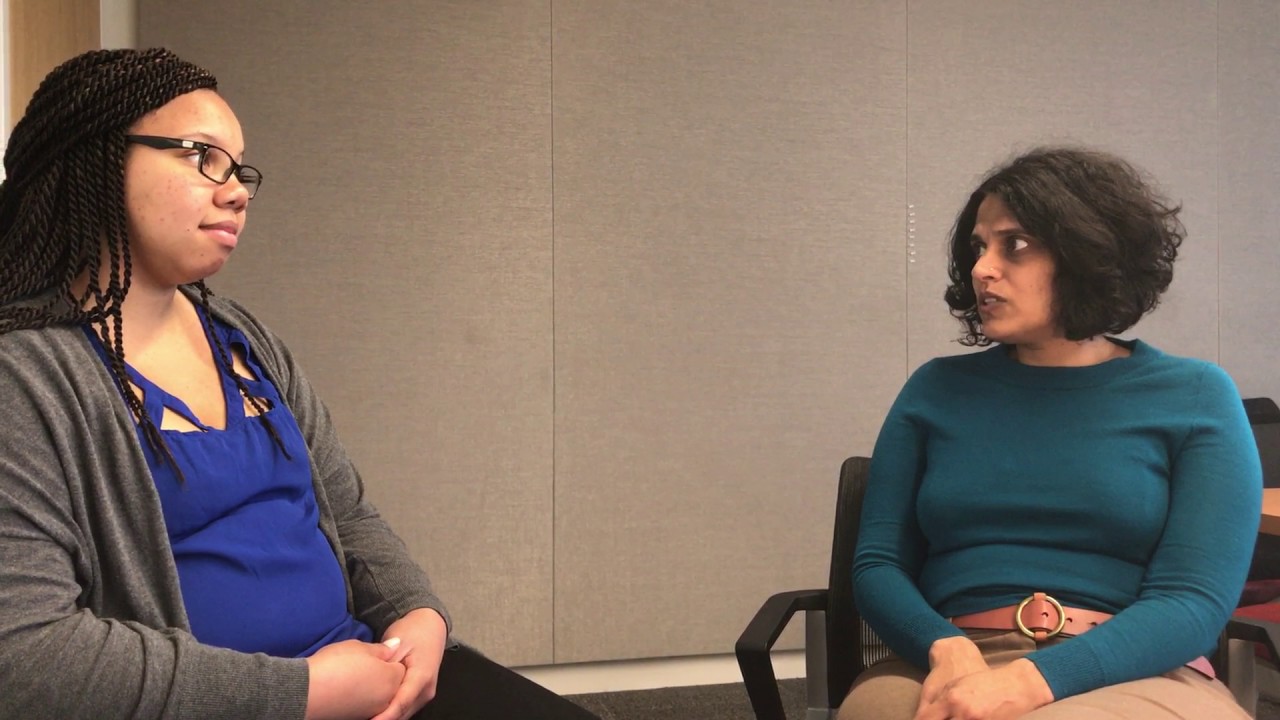GW Assistant Professor Ami Zota recently spoke at a seminar held by the Department of Environmental and Occupational Health (EOH) at GW’s Milken Institute School of Public Health. She discussed emerging evidence resulting from her research suggesting that socially marginalized populations, such as women of color, may be more susceptible to environmental chemical exposures.
Like all of the seminars offered by the EOH Department, “Social Disparities in Endocrine Disruptors: Implications for Women’s Health” was well-attended. Zota explained to the gathered students, faculty, and staff that the endocrine-disrupting chemicals she studies, including the phthalates and flame retardants used in some consumer products, are widely used industrial chemicals that may adversely impact human health. Human exposure is ubiquitous and can occur through diet, personal care products, and the indoor environment. She also discussed ways that she and other researchers and public health professionals are trying to reduce risk by identifying high-risk populations to target prevention and intervention efforts.
After the seminar, Brianna VanNoy, an MPH student in the department’s Environmental Health Science and Policy program, interviewed Zota about one of the issues she discussed, her research investigating whether black women’s higher exposure to some environmental chemicals such as phthalates and parabens contained in some feminine care and beauty products is linked to the higher incidence of uterine fibroids. You can listen to Zota’s answer in this 2:46 recording on the EOH Department’s Youtube Channel.
The department brings in one or two experts each month to discuss their research, and these seminars are one of the ways our students learn about current EOH topics.


